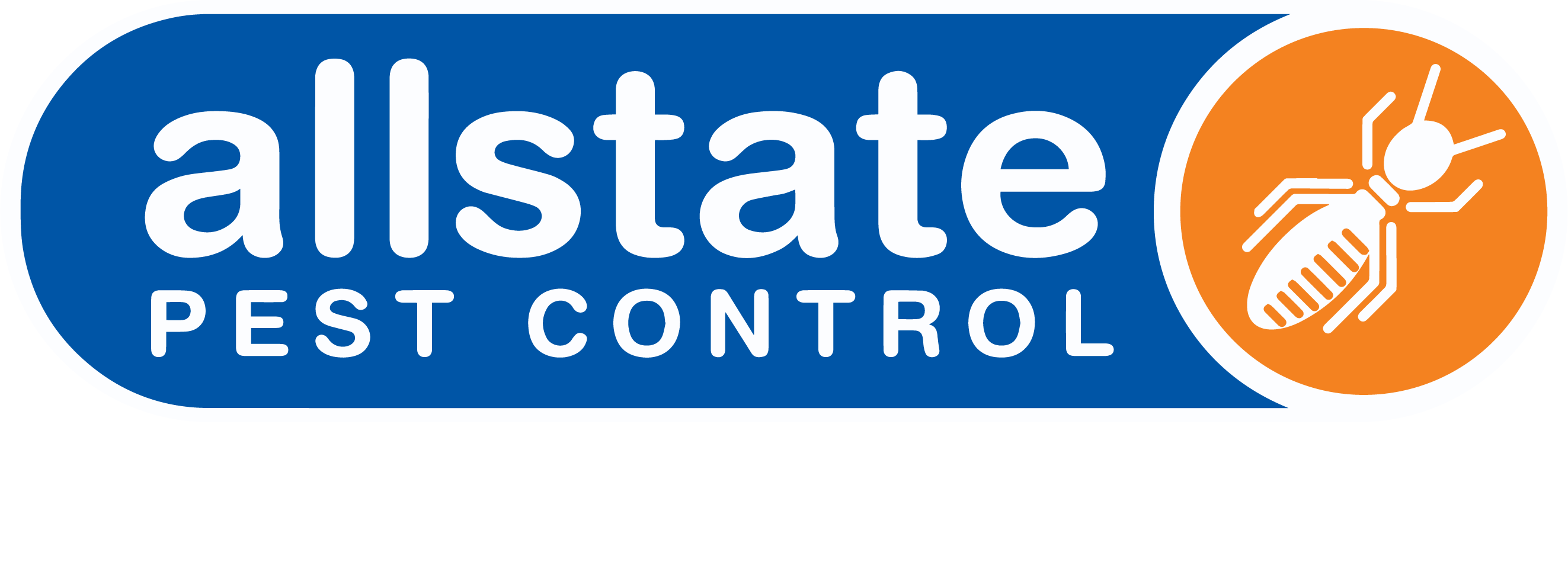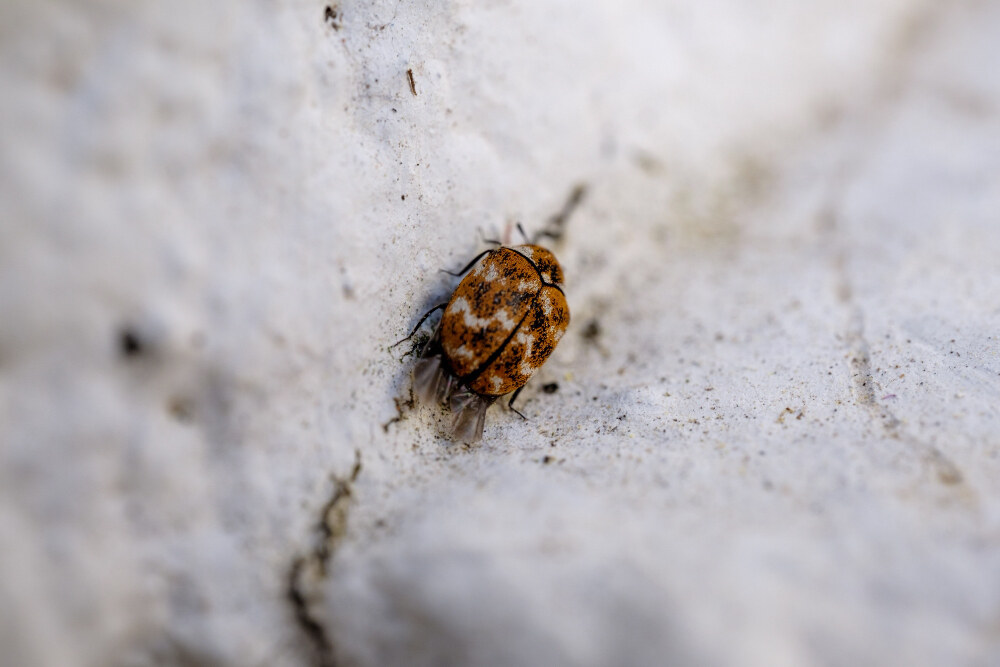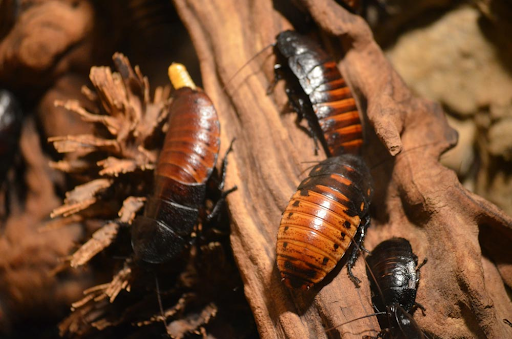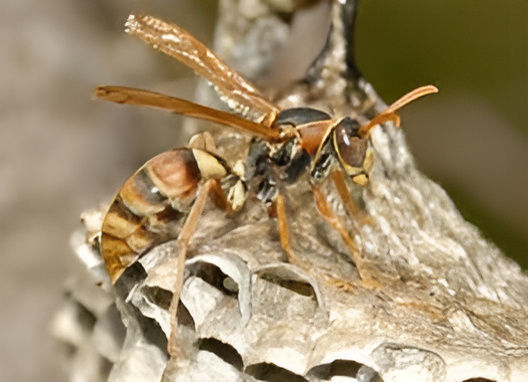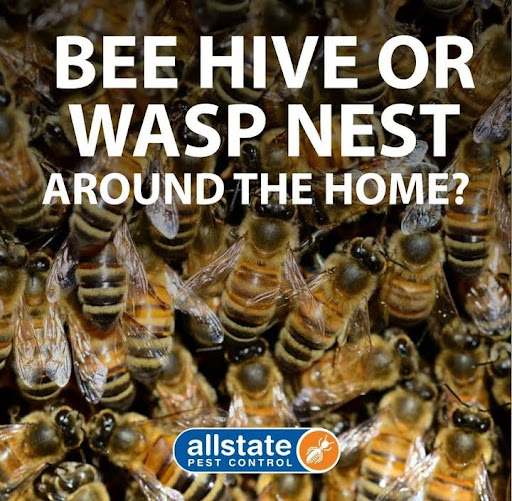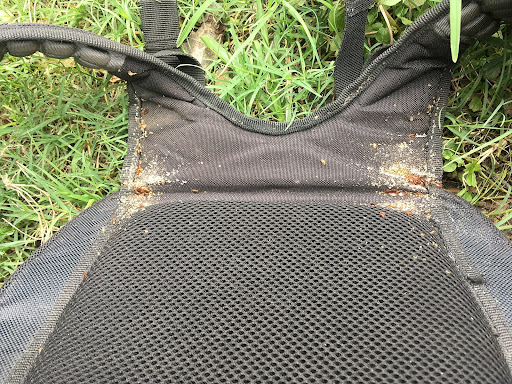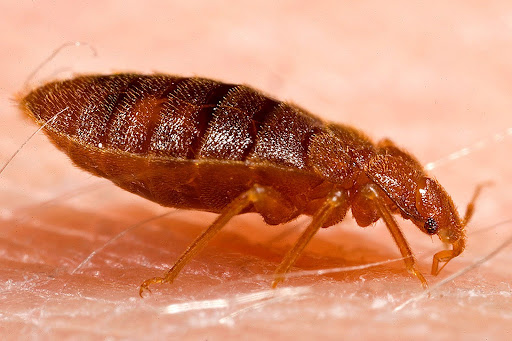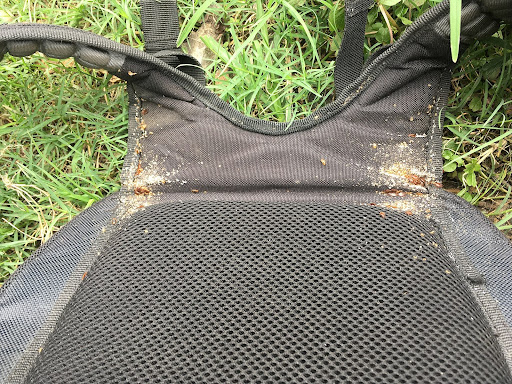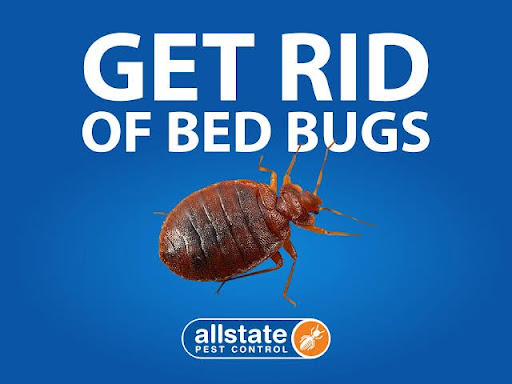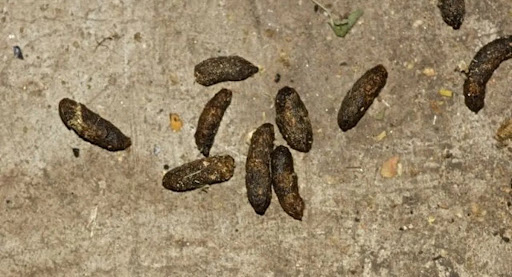
What Does Rat Poop Look Like? How to Identify and Handle It
Rats don’t need an invite to settle in, but they sure leave a trail when they do. One of the most telling (and frankly gross) signs of a rat infestation is the sudden appearance of rat poop in places you least expect—under sinks, behind cupboards, or near the pantry. But how do you identify rat poop, and more importantly, what should you do if you find it?
Allstate Pest Control takes a look at the murky world of rat poop, what it can tell you about the rodents living in your space, and how to deal with them safely.
What Does Rat Poop Look Like?
The appearance of rat poop can vary slightly depending on the species, diet, and how fresh the droppings are. Typically, rat feces are:
- About 12-18 mm long (roughly the size of a grain of rice)
- Spindle-shaped with rounded or slightly pointed ends
- Dark brown to black in colour
- Found in clusters of 30–50 pellets per day (yes, rats poop that much!)
The most common species of rats in Australian homes are the Norway rat and roof rat, and their droppings differ slightly in size and shape. Norway rat poop tends to be blunt at the ends, while roof rat poop is more tapered.
Wondering how big is rat poop compared to other animals? Possum droppings can look similar in size but are usually more clumped together and less tapered. On the other hand, mice droppings are significantly smaller—about 3–7 mm—and more pointed at both ends.
Does Rat Poop Smell?
Yes, and it’s not pleasant. Rat droppings and rat urine emit a strong musky smell, especially when there’s a large number of fresh droppings. That odour can linger in enclosed spaces and may be your first clue that rats are nesting nearby.
In addition to the unpleasant rat poop smell, their waste contains harmful bacteria that can contribute to poor indoor air quality and even pose serious health risks.
Is Rat Poop Dangerous? Understanding the Health Risks
Rat droppings are far from harmless; they can carry diseases and pathogens that pose health risks to both humans and pets. According to the New South Wales Health and other public health sources, exposure to rat faeces can lead to:
- Rat bite fever: A bacterial infection that can occur through direct contact with rat feces or contaminated food. Symptoms include flu-like symptoms, muscle aches, vomiting, and rash.
- Leptospirosis: A bacterial disease spread through rat urine or contaminated water. It can lead to kidney or liver damage.
- Salmonellosis: Spread by contaminated food or water, this infection causes diarrhoea, fever, and stomach cramps.
- Lymphocytic choriomeningitis (LCMV): A viral disease carried by rodents. Infection can result in neurological symptoms and severe complications during pregnancy.
- Hantavirus renal syndrome and hemorrhagic fever: Though rare in Australia, these are risks in areas where rodent populations surge.
- Historical diseases like bubonic plague may seem outdated, but yes, it’s historically linked to rat waste and fleas.
Beyond infectious diseases, rat droppings may trigger allergic reactions or worsen asthma, especially in children. It’s essential to take them seriously.
Protect your house from a pest outbreak, get expert advice today
 or
or
How to Identify Rat Poop in Your Home
Knowing how to identify rat poop can help you act quickly. Here’s what to look for:
- Quantity: Rats defecate frequently. Finding a lot of droppings in a small area? That’s a red flag.
- Location: Find rat poop near food sources, walls, roof voids, or under furniture.
- Fresh vs old: Fresh rat poop is shiny and soft, while old droppings are dry, crumbly, and dull. This can tell you if the infestation is active.
- Dropping size: Larger droppings likely mean adult rats, while smaller droppings could mean babies—or mice.
What To Do When You Find Rat Droppings
Rat droppings aren’t just gross—they require immediate and safe attention. Here’s how to clean them up without risking your health:
Step 1: Wear protective gear
Before handling any animal feces, make sure to put on rubber gloves, a dust mask, and even plastic gloves if needed. This prevents contact with harmful bacteria or airborne particles from dry droppings.
Step 2: Ventilate the area
Open windows and doors for at least 30 minutes before cleaning, especially in enclosed spaces.
Step 3: Do not sweep or vacuum
Sweeping can spread tiny droplets of bacteria and pathogens into the air. Instead, spray the area with a household bleach or bleach solution (1 part bleach to 10 parts water) and let it sit for 5 minutes.
Step 4: Wipe and dispose
Use a paper towel to pick up the droppings, and dispose of it in a plastic bag. Seal it tightly and throw it into a covered garbage bin that’s regularly emptied.
Step 5: Disinfect
After removing the droppings, disinfect the area again and wash your hands thoroughly with soap and warm water—even if you were wearing rubber gloves.
Rat Droppings = Rat Infestation Warning Sign
One or two droppings may indicate a curious visitor. But clusters? That’s usually a sign of a growing rat infestation. Don’t ignore it.
Keep an eye out for other signs of rodents too: gnaw marks, musky smell, noises in the roof at night, rat urine stains, or sightings of a dead rodent.
Rats and mice are most active at night, and they love warm, food-rich environments. Rats love pet food, grains, and crumbs—so keep all food sealed and stored properly.
How to Get Rid of Rat Droppings and Control Infestations
Getting rid of rat droppings is only half the job. You also need to get rid of what caused them: the rats themselves.
At Allstate Pest Control, we help South Australian homes and businesses handle rat infestations safely, quickly, and effectively. Our pest specialists use humane, long-term pest control solutions, including:
- Safe poison baits when appropriate
- Sealing entry points
- Removing attractants
- Monitoring and rodent droppings checks
Need a rat or mice removal in Adelaide? We’re available 24/7 for emergencies—because rats don’t stick to business hours.
Act fast on pests around your warehouse, speak to an expert today
 or
or
Frequently Asked Questions About Rat Poop
What does rat poop look like compared to mice or possum droppings?
Rat poop is larger (12–18 mm long) while mice droppings are smaller and pointy. Possum droppings are more cylindrical and often mistaken for rat droppings, but they’re usually larger, more clumped, and found outdoors near trees or roofs. Location and shape help differentiate them.
Is rat poop dangerous to touch?
Yes. Rat faeces can carry bacteria, viruses, and parasites. Always use rubber gloves and avoid direct contact with the substance. Inhaling dust from dried droppings can also pose serious health risks, such as lymphocytic choriomeningitis (LCMV), which has been reported in Australia and is associated with exposure to rodent droppings and urine in poorly ventilated areas.
How can I tell if rat poop is fresh or old?
Fresh rat poop is soft, shiny, and dark. Old droppings look grey, dry, and are easily crushed. The condition of the droppings can indicate if the infestation is still active.
Where do rats usually leave their droppings?
Rat droppings are often found near food, in roof spaces, wall cavities, behind kitchen appliances, or along skirting boards. Rats defecate near their nesting and feeding sites.
What are the safest ways to get rid of rat droppings?
Use rubber gloves, a paper towel, and a bleach solution. Never vacuum or sweep. Dispose of waste in a sealed plastic bag and disinfect the area thoroughly. Contact us at Allstate Pest Control to remove the rats or mice.
Choose Allstate for Effective and Long-Lasting Rat Infestation
Rat droppings might seem like just a mess to clean, but they’re often the first warning sign of something more serious. If you’ve started to find rat poop regularly in your home or business, it’s time to act, not just to clean, but to prevent it.
Allstate Pest Control has nearly 40 years of experience helping South Australians manage rodents, recover safely from pest infestations, and breathe easier. Got questions? We’re just a call away, 24/7.
